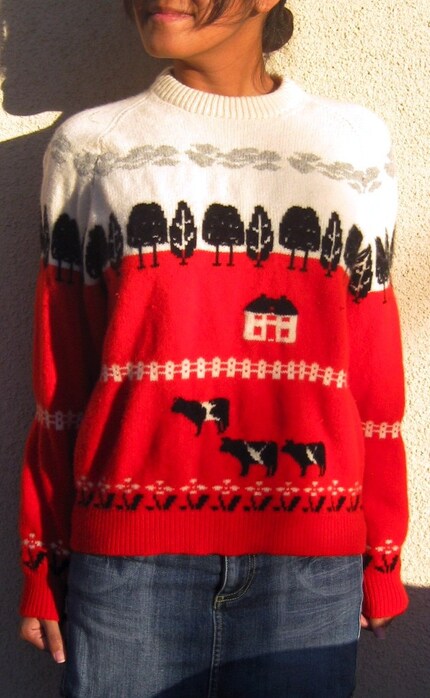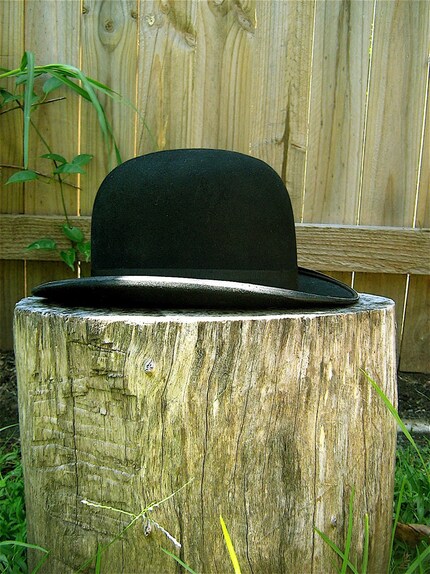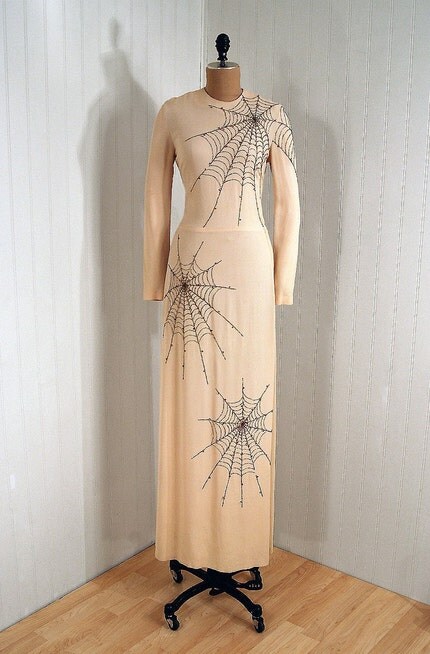I've thought about this subject before, because I was interested in purchasing a fur coat. I don't know if it's a holdover from my little girl days of dress up, but there is something luxurious and soft about the feel of mink or rabbit fur. And while a similar texture can be achieved with synthetics, it's just not the same thing, is it? But what happens when you add "vintage" into the mix? Does animal cruelty factor into a fur coat that was made 50 or even 60 years ago? Here is PETA's official stance on the subject, from their website FAQs:
Is it OK to wear used or “vintage” fur?
Fashion should be fun … and wearing a coat made from an animal whose skin was ripped off, even if it was decades ago, just isn’t fun at all. Whether you purchased it from a consignment shop or got it as a hand-me-down gift, vintage fur sends the same unacceptable message as a new fur—that it's OK to crush animals’ bones in traps, to stomp on their heads and snap their necks, or to anally electrocute them for the sake of vanity. Stylish faux furs are hip and humane, plus they are easier on your wallet and your conscience. To find fabulous fakes,click here for PETA’s “Shopping Guide to Compassionate Clothing.”
Indeed, I have seen high quality faux fur that looks and feels close to genuine. Another question to ask is whether the environmental impact in the creation of synthetic fur outweighs the negative message sent by wearing a vintage fur. Whatever the answer, fur does not seem to be walking off the catwalks anytime soon, if Prada's winter line is any indication.
Here's Stephen Patrick Morrisey's stance on vegetarianism.
You may (or may not) like:
























































